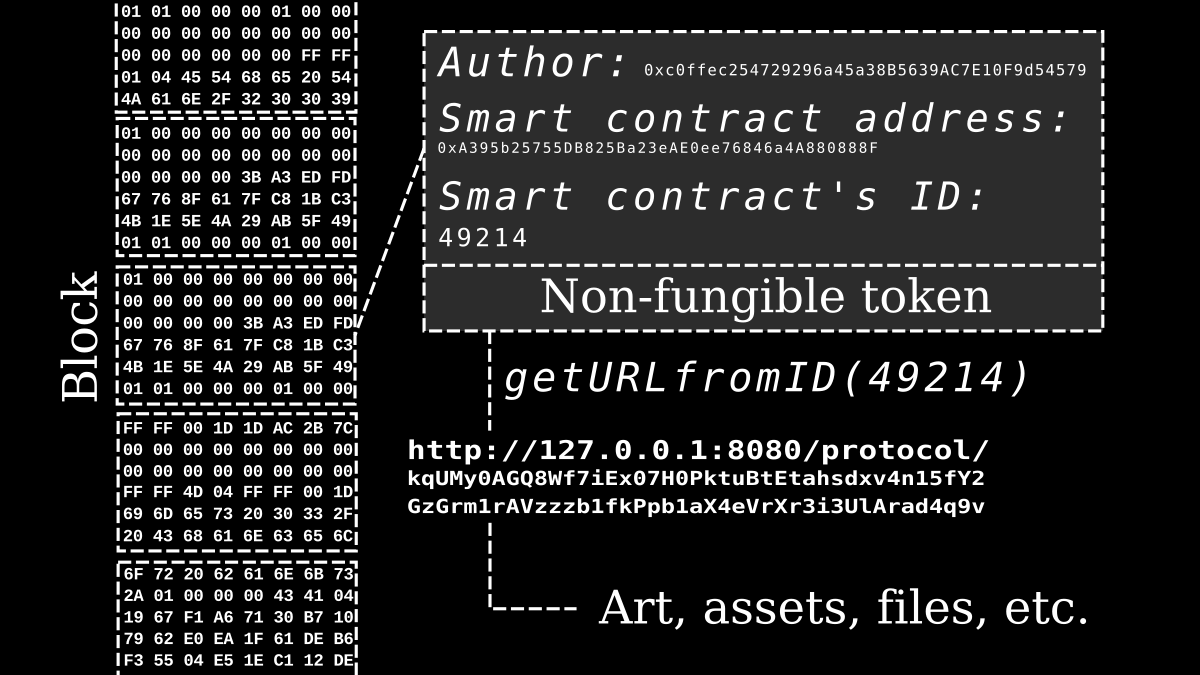Introduction
In recent years, non-fungible tokens (NFTs) have surged into the public consciousness, sparking debates about their true value and potential long-term impact on digital ownership and the art world. These unique digital assets have revolutionized the concept of ownership, allowing individuals to buy and sell everything from digital artwork to iconic sports highlights. As we delve into the mechanics of NFTs, we explore whether they represent a genuine evolution in the market or merely an ephemeral trend driven by hype.
What Is an NFT?
At its core, an NFT is a digital asset that signifies ownership and authenticity, stored on a blockchain. Unlike cryptocurrencies which are fungible and interchangeable, each NFT is unique and cannot be substituted. NFTs can include a wide array of digital items, such as art, music, videos, and even tweets. Their rise in prominence was marked by an astonishing $41 billion market valuation in 2021, rapidly approaching the value of the traditional fine art market.
The Mechanism Behind NFTs
To understand NFTs, one must grasp the concept of blockchain technology. NFTs are generally created on the Ethereum blockchain, which ensures their distinctiveness through a unique digital signature. Each NFT is minted from a digital object, whether that be graphic art, clips from popular films, or even tweets. They embody the idea of “digital scarcity,” which can potentially elevate the value of digital assets amidst a landscape where duplication is effortless.
Investing in NFTs: The Pros and Cons
Investing in NFTs is fraught with challenges and uncertainties. On one hand, they provide creators with novel avenues for revenue, allowing them to bypass traditional galleries and orchestrate direct sales while preserving a percentage of future sales through programmed royalties. Prominent brands and celebrities have turned to NFTs as well, signaling a growing acceptance of these digital assets.
Yet, skeptics argue that the NFT market may reflect characteristics of a speculative bubble. As the fervor surrounding NFTs escalates, so does critique regarding the sustainability of their values, particularly with reports indicating that a staggering 95% of NFT collections hold no monetary worth by September 2023.
The Future of NFTs
The future of NFTs remains a topic of heated debate. While some experts believe that they may usher in a new age of digital ownership akin to the evolution of the internet, others caution against the potential pitfalls of an unregulated speculative market. With evolving regulations, market dynamics, and environmental considerations influencing the growth of NFTs, the landscape’s trajectory remains uncertain.
Key Takeaways
- NFTs represent unique digital ownership, stored on blockchains, differing fundamentally from cryptocurrencies.
- The market for NFTs soared to $41 billion in 2021 but has faced scrutiny over valuations and sustainability.
- Investing in NFTs involves inherent risks, including potential loss and legal ambiguities surrounding ownership rights.
- The ongoing evolution of NFTs inspires both excitement for their potential and wariness over speculative bubbles.

